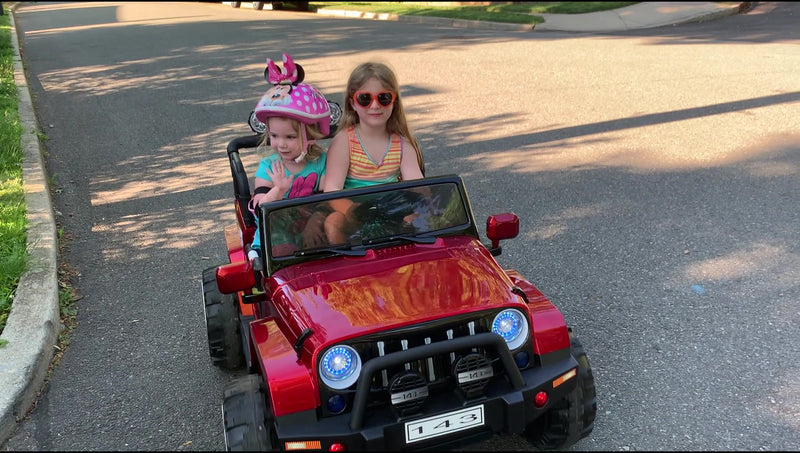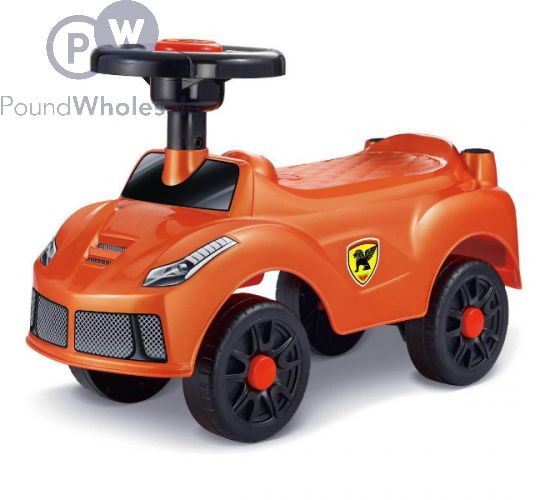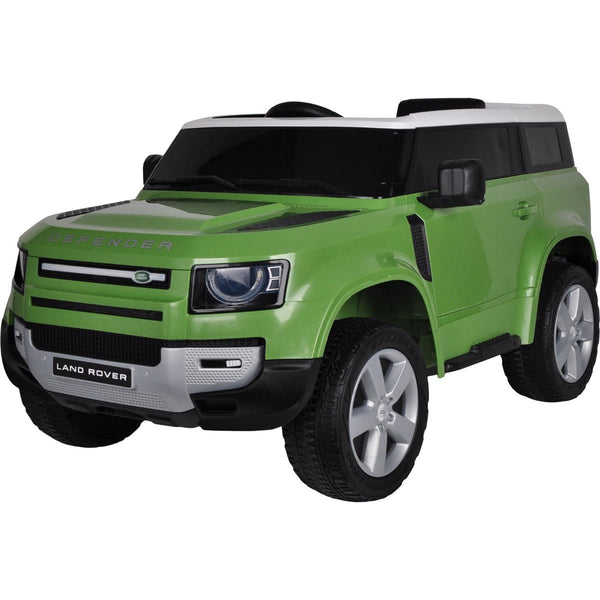Top Info To Picking Electric Kids Cars
Wiki Article
What Should You Look For Ride-On Vehicles That Are Suitable For Younger Toddlers And Older Children?
Take into consideration the following elements when purchasing a ride-on car for your child: age, size, developmental stage. These are all important in ensuring that it is suitable and safe for your child. Here are some factors to consider:
Choose cars that are specifically designed for toddlers aged 1-3. They typically have an uninspiring, stable design and easy-to-use controls. They often also have easy features like buttons, a steering wheel or handles. Pick a ride-on car that have a large base to ensure maximum stability and to reduce the possibility of falling over.
Children older than (3or more years old) - As children grow older, they will be able to operate more advanced ride-on cars with additional options and features. Look for cars that have adjustable seats, greater weight capacities and interactive features like working lights, music and sounds. Look for ride-ons that permit you to adjust the speed setting or parental controls in order to ensure safety and be able to accommodate various levels of ability.
Size -
Height and weight - Take your child's height and weight into account when choosing a ride-on vehicle. Pick a car that has seats that are appropriate for your child's height and weight. Beware of cars that are too big or too small. They can cause discomfort and even danger.
Comfort and legroom - Be sure that your car is spacious enough in room and legroom for your child to comfortably sit. The dimensions of the seating area should be suitable for the height and size of your child.
Developmental Stage
Motor Skills- Consider your child's capabilities in regards to motor skills, coordination, and balance when you choose the right car. The older children might be able to operate more sophisticated control systems and interactive features, while younger toddlers might need simpler controls.
Confidence and Independence. Ride-on car can help build confidence and independence as children master the ability to control and navigate the car. Select a vehicle that gives your child the opportunity to improve their motor skills, as well as confidence, through practicing steering, acceleration and braking on their own.
When you are choosing a ride-on automobile take into account your child's preferences and preferences and. Choose a car with themes or colors that will appeal to your child's interests, regardless of whether it's a vintage vehicle or a sports car trucks, or a themed character vehicle.
When you consider the age, size and stage of development You can select a ride-on car that is safe comfortable, enjoyable, and fun that will offer hours of entertainment and learning for your child while they play and explore. Follow the top remote control childrens cars for site advice including cars pedal car, race car toy, remote control childrens car, ride of car, electric ride along car, electric two seater cars, toy a car, car toy car toy, toy a car, toy a car and more. .

How Are Models For Children's Cars Designed For Outdoor And Indoor Use?
These models have been designed with features and characteristics that are specific to the particular environment and use scenario, either outdoors or indoors. The following are the key distinctions between these models: Indoor Use Cars
Size and weight Cars that are designed for indoor use are usually smaller and lighter in weight to move easily in tight spaces such as living rooms, playrooms, or hallways. They're small enough to fit through narrow spaces and tight corners without causing damage to walls or furniture.
Low Ground Clarity - Indoor vehicles have low clearances so that they don't get stuck, or snagged, on obstacles, such as carpets, rugs or thresholds. This allows for seamless and uninterrupted movement over indoor surfaces without fear of getting stuck or tipping over.
Smooth Wheels. Cars that are used indoors typically include wheels made of materials that are smooth, such as plastic or rubber. These wheels offer better grip and traction on smooth surfaces like hardwood floors, laminate flooring or tile. They are designed to minimize noise and stop scratching or scuffing surfaces in indoor environments.
Limited Speed - When it comes to indoor use, vehicles typically have slower speeds than they would be in order to make sure that they are safely operated and controlled in tight areas. This can prevent accidents and collisions with furniture like walls or obstacles found inside.
Outdoor Use Cars -
Durable Construction: Cars designed for outdoor use are made of durable materials like tough plastic or metal that can withstand rough handling, outdoor elements, such as moisture and sun. These cars are built to withstand the harsh conditions of outdoor usage.
The higher the clearance of the ground, the better able they will be to deal with bumps and uneven terrain. This lets them navigate rough terrains such as pavement, gravel dirt, grass, or even dirt without becoming stuck or damaged.
Traction tires - Tires that are designed for outdoor vehicles usually come with treads and patterns that provide more grip and traction on slippery or uneven terrains. This helps ensure stability and control over surfaces outdoors, preventing sliding or skidding.
Weather Resistant Components - Cars designed for outdoor use could contain weather-resistant parts, like sealed electronic components with waterproof casings, or corrosion-resistant materials. These features shield the vehicle from water and environmental damages. These cars can handle rain, mud, or even puddles, without any loss of performance.
Outdoor vehicles are generally quicker to take advantage of the wide open spaces and the longer distances encountered outside. This could provide an exciting and adventurous riding experience to children exploring outdoors.
Parents can select a car for their children that meets their needs, whether indoors or outside, by taking into consideration the style and features. This will guarantee a fun, safe and long-lasting experience for children. View the best go here for Audi kids car for more advice including childs car toy, kids electric cars, toy with car, kiddies cars, race car toy car, toy toy cars, two seater electric cars, toy with car, childs car toy, kids electric cars and more. .

What Are The Options For Children's Remote-Controlled Vehicles? What Are The Advantages And Disadvantages?
Remote control cars for children Also known as RC or remote-controlled vehicles are available in a range of designs, sizes and price points. They are designed to fit various budgets and tastes. This article will give you an overview of types sizes, styles and prices of children's remote control cars and their pros and cons.
Electric RC Cars – Batterie-powered remote-controlled cars that are suitable for both outdoor and indoor use. They are available in various styles including trucks, buggies or sports cars.
Nitro RC Cars – Gas-powered remote controlled vehicles that have more power and performance, but more maintenance and expertise is required in order to operate. They tend to be larger and cost more than electric RC vehicles.
Scale Models - Remotely controlled replicas of real-life vehicle models, such as trucks, cars, boats, and airplanes. Scale models vary from 1-10 to 1-24, with larger scales allowing for more details.
Sizes -
Remote control cars for children are available in various dimensions. The range of sizes ranges from small replicas to huge-scale models. The size of a vehicle can affect its performance and speed.
Micro-sized cars are small and light. They are ideal for indoor use, especially with young children. The larger models offer greater power and durability, making them ideal for off-roading and racing.
Prices are
Prices for remote-controlled children's cars will vary based on the specifications, quality, and brand.
Micro-sized electric RC cars can range from $20 to $100 While larger-scale nitro and electric cars can range between $100 and $500 or more.
Scale models, premium hobby RCs may cost from several hundred bucks to more than $1,000 based on the detail level and performance.
Pros and Cons
Pros -
Remote Control Cars for Children - These vehicles are fantastic for entertainment. They are able to be enjoyed by adults and children alike.
The operation of an R/C vehicle helps children develop spatial awareness, problem-solving and hand-eye coordination.
Social Interaction RC cars can be enjoyed by family and friends, and encourage interactions and socialization.
Customization - Many RC car models can be modified using aftermarket components as well as upgrades and accessories to improve performance and appearance.
Cons
Costs - Top-quality cars with the latest features, like hobby-grade cars, can be quite expensive.
Children may find it difficult to control the RC cars at first.
Maintenance – RC vehicles need regular maintenance. This includes cleaning, lubrication as also periodic repairs and replacements of parts.
Safety Issues RC cars pose a safety risk and could lead to electrical hazards, collisions and falls if not used under supervision by an adult.
In general, remote-controlled children's cars provide an exciting and educational experience for kids of all ages, but it is important to take into consideration things like dimensions, cost features, safety, and size when choosing the right model for your child. Hobby-grade RC vehicles may be better suitable for older children or those who are avid. The simpler models are ideal for children who are just beginning their journey. Check out the best Lamborghini ride on car kidscars.co.uk tips for site info including ride of car, riding digger, electric ride along car, kiddies cars, car toy toy, electric two seater cars, childs car toy, lambo toy car, toy toy cars, childs ride on car and more. .
